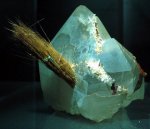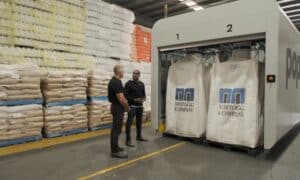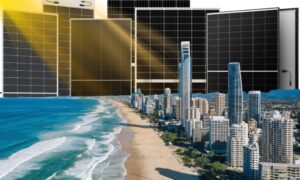ANU researchers have developed a material that can store large amounts of power rapidly – and with very little energy loss.
Based on the mineral rutile, it is a ‘dielectric’ material; which are used in the construction of capacitors.
The researchers say their material is superior to current capacitors in energy absorption, is cheaper to manufacture and can function effectively in a massive temperature range: -190°C to 180°C.
“With further development, the material could be used in ‘supercapacitors’ which store enormous amounts of energy, removing current energy storage limitations and throwing the door wide open for innovation in the areas of renewable energy, electric cars, even space and defence technologies,” says Associate Professor Liu of the ANU Research School of Chemistry.
“When we first found this material we knew it had great potential. It’s friendly to the environment, non-toxic and abundant.”
Aside from use in electric cars, co-author of a paper detailing the new material, Professor Ray Withers, says capacitors based on the material could be particularly useful in conjunction with wind and solar power generation.
Rutile is a mineral composed primarily of titanium dioxide. The main uses of rutile to date have been as a pigment and for the production of titanium metal. Titanium dioxide is also used in sunscreen because of its ability to reflect UV light and in Dye Sensitised Solar Cells (DSC).
Australia has the largest known reserves of the mineral and supplies around 25 per cent of the world’s rutile. According to the Australian Mines Atlas, Victoria has the largest share of Australia’s inferred rutile resources with 62.9% followed by NSW (22.7%), SA (4.8%), Qld (4.7%) and WA (4.7%).
Australia’s Economic Demonstrated Resources of rutile represented the world’s largest economic resources in 2011 (50%).
In 2011, Australia produced, 474 000 tonnes of the mineral.
The image above shows needles of rutile protruding from a quartz crystal.














































